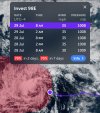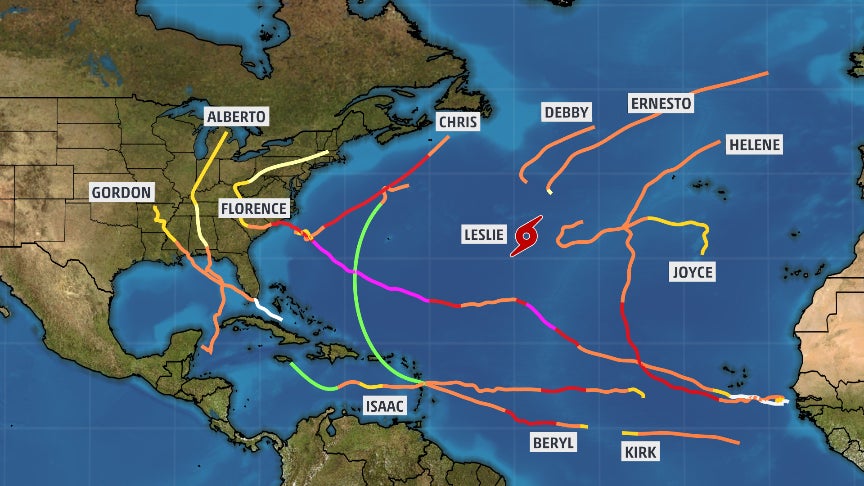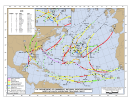This current Pacific outbreak of hurricanes highlights an important point that should be routinely addressed in forecasting at an amateur level, especially longer ranged forecasts like how a tornado season will go - just because things appear unfavorable from a large-scale standpoint, such as an unfavorable MJO or ENSO pattern, it doesn't mean the season will be the way said signal suggests. It is more likely to be the case from a forecasting perspective, but its not a guarantee. This season is extremely similar to 2018 so far despite the extremely apparent differences in the ENSO patterns between the years - I'm not saying that 2018 and 2025 are completely different, as they did share some similarities from other standpoints, but ENSO by itself is enough of a difference maker for me to discuss this. Analogs are great and all, but Earth's atmosphere is a shell of gas that holds ~10^19 kg of matter, corresponding to over 10^43 molecules. Good luck predicting the long-range behavior of this system with only macroscopic patterns. It's fine for the medium range forecasts (< ~1 - 2 weeks), but trying to forecast specifics beyond that is iffy at best.
Look at Trey Greenwood, for example. He's an incredible forecaster and meteorologist, and he's right probably about 95% of the time. But, this year, he predicted an average to below-average tornado season based on the macroscopic patterns like ENSO, and was incorrect about that part of his forecast. Was his forecast based on things that aren't helpful in diagnosing an active season? Of course not, it was a very rational prediction, the reasons he gave were very valid. But hindsight is 20/20 and the Earth's atmosphere doesn't care what we think supports an active season versus what we think doesn't. This season's spring was every bit as active as 2024's was.
I have a feeling that meteorology is a field that will greatly benefit from an increase in analogs we can call back to. There's probably some really large scale patterns meteorology hasn't been around long enough for yet that influence how a hurricane or tornado season will pan out, and we are going to find them if they exist. It just needs more time.




